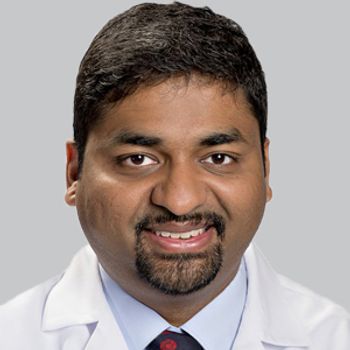
Patients treated with ofatumumab (Kesimpta; Novartis) demonstrated significant decreases in absolute and percent CD19 counts at day 5 of treatment, which persisted through the 90-day period.

Patients treated with ofatumumab (Kesimpta; Novartis) demonstrated significant decreases in absolute and percent CD19 counts at day 5 of treatment, which persisted through the 90-day period.

Test your neurology knowledge with NeurologyLive®'s weekly quiz series, featuring questions on a variety of clinical and historical neurology topics. This week's topic is epilepsy and seizure disorders.
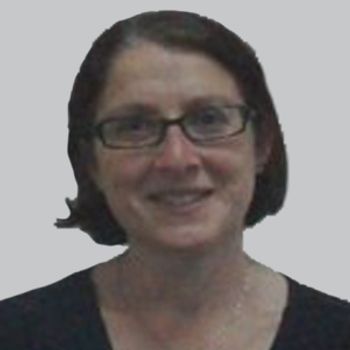
The proportion of women exposed to valproate between the first and last trimester of pregnancy decreased alongside an increase in the proportion of women exposed to therapeutic alternatives such as lamotrigine and levetiracetam.

The pandemic has highlighted several large gaps in care that have created challenges for individuals with Parkinson disease, including a framework for addressing mental health and loneliness, and proper care for women with PD.
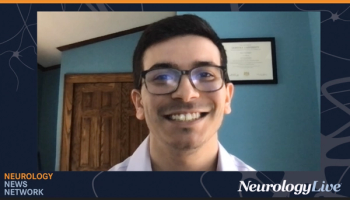
Neurology News Network for the week ending April 23, 2022. [WATCH TIME: 3 minutes]

In a large-scale study, the use of the Simoa neurofilament light test helped identify individuals with MS at risk for detrimental disease course and suboptimal therapy response.
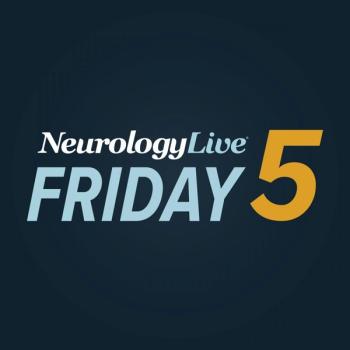
Take 5 minutes to catch up on NeurologyLive®'s highlights from the week ending April 22, 2022.
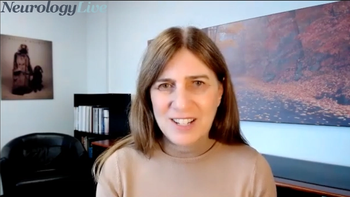
The neurologist and assistant professor at the University of Toronto provided insight on the differences between outcome measures for Alzheimer disease and how they factored into a new item-level analysis of aducanumab (Aduhelm; Biogen). [WATCH TIME: 3 minutes]

While shutdowns disrupted care for all patients with Parkinson disease, hospitals were forced to postpone elective procedures such as the initial DBS device implantation and implantable pulse generator replacements.
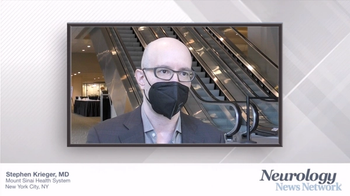
Stephen Krieger, MD, spoke about the phase 3b NOVA study (NCT03689972) data presented at AAN 2022 on natalizumab (Tysabri; Biogen) dosing regimens.
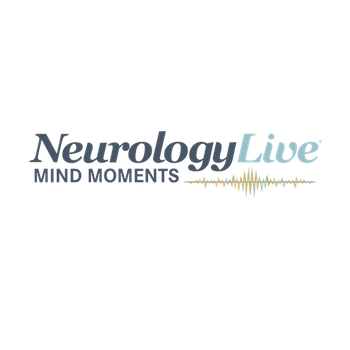
Mind Moments®, a podcast from NeurologyLive®, brings you an exclusive interview with Yasar Torres-Yaghi, MD. [LISTEN TIME: 25 minutes]

BioArctic CEO Gunilla Osswald, PhD, called the decision disappointing but noted that phase 1 data are supportive of ABBV-0805’s progression to phase 2 and that the company would “investigate options to continue the development” of the α-synuclein antibody.

The main driver of the burden was direct medical costs, especially prescription drugs (such as disease-modifying therapies), which accounted for 54% of the total medical costs per person with multiple sclerosis.
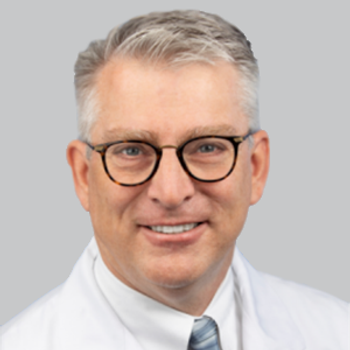
The study evaluating 68 boys and young men with Duchenne muscular dystrophy will consist of therapy with off-the-shelf cardiosphere-derived cells.

The chair and vice-chair of the Headache and Facial Pain Section of the American Academy of Neurology provided insight on projects they feel are needed to advance the care of patients with migraine-related disorders. [WATCH TIME: 4 minutes]
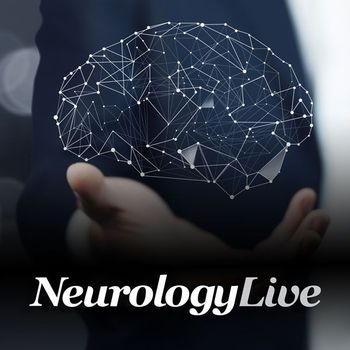
In a subgroup analysis, Wuling capsule was significantly better than control when used as monotherapy or as adjunctive therapy, though investigators suggest adjunctive use may be superior and more study is needed.
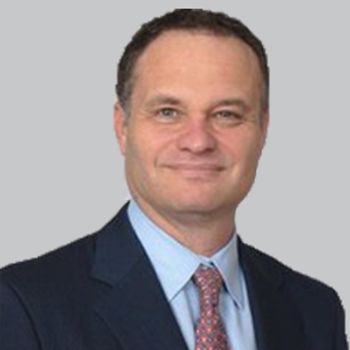
Rami H. Ben-Joseph, PhD, executive director, Jazz Pharmaceuticals, provided insight on the real-world CV-BOND study that evaluates the cardiovascular burden in patients with narcolepsy.

Outcomes in TBI admission survivors at 24 months—including mortality, development of posttraumatic epilepsy, and use of antiseizure medications—were poorer for cases with early posttraumatic seizures after adjustment for confounders.
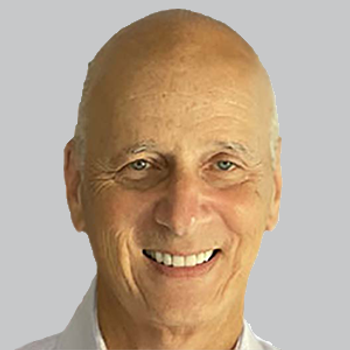
David Kudrow, MD, provides expert insight on the newest options for migraine management and prevention.

The neurologist and assistant professor at the University of Toronto detailed findings from a new analysis that supports meaningful treatment effect with aducanumab in Alzheimer disease. [WATCH TIME: 6 minutes]

The neurologist at Christus St Vincent Health System discussed a recently conducted survey on the effects of social isolation and the need to keep patients with Parkinson disease socially connected.
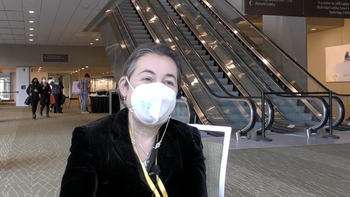
The codirector of Epilepsy Clinical Trials at NYU Langone spoke to the progress that’s been made in treating refractory epilepsy and her hopes for the future of drug development in this area of medicine. [WATCH TIME: 5 minutes]

Investigators found no serious AEs related to acupuncture in all 22 studies that reported on it, consisting unanimously with findings in previous studies. Acupoints catgut embedding, auricular acupuncture plus manual acupuncture, and electroacupuncture plus acupoint application showed the most promise.

Despite progress in the understanding of Tourette syndrome and similar disorders, no clear cause of TS has been identified, nor are there treatment options that completely eliminate symptoms.
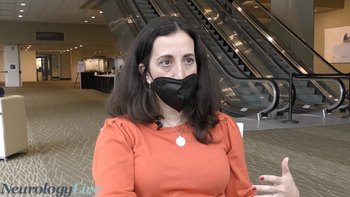
The professor of neurology at NYU Langone Grossman School of Medicine discussed what high-potential repurposed medications could be an option to treat symptoms of COVID-19 and the realistic possibility of clinical trials. [WATCH TIME: 4 minutes]

Safety outcomes of the study demonstrated a lower risk of treatment-emergent adverse events and serious adverse events, along with a high risk of drug withdrawal because of adverse events for high-dose clobazam.
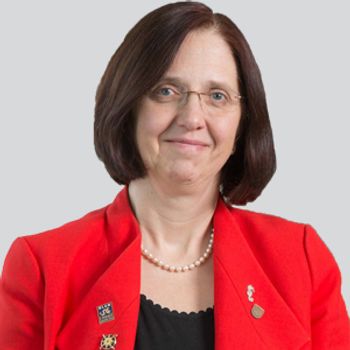
The study investigators noted a desire to further assess the virtual aspect of the HOBSCOTCH self-management and cognitive training intervention, calling it “particularly well-suited for the current environment.”
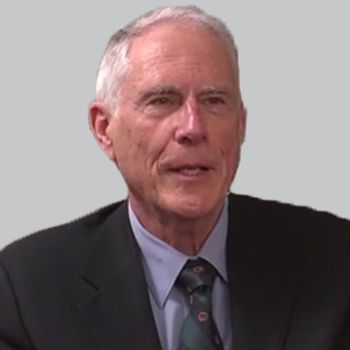
In addition to reductions in monthly migraine days, participants on erenuamb demonstrated improvements on patient-reported outcomes and physicians’ assessments of migraine severity.

Parkinson disease is neither imminently fatal nor transient but is incurable, and as it affects individuals differently based on their unique identities, culture, access to health care, and social support, it is vital to empower patients.
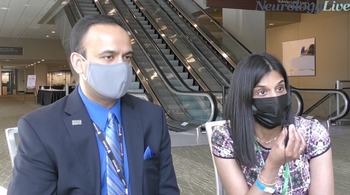
The chair and vice-chair of the Headache and Facial Pain Section of the American Academy of Neurology discussed some of the key research needs for migraine care going forward. [WATCH TIME: 3 minutes]